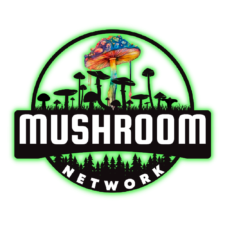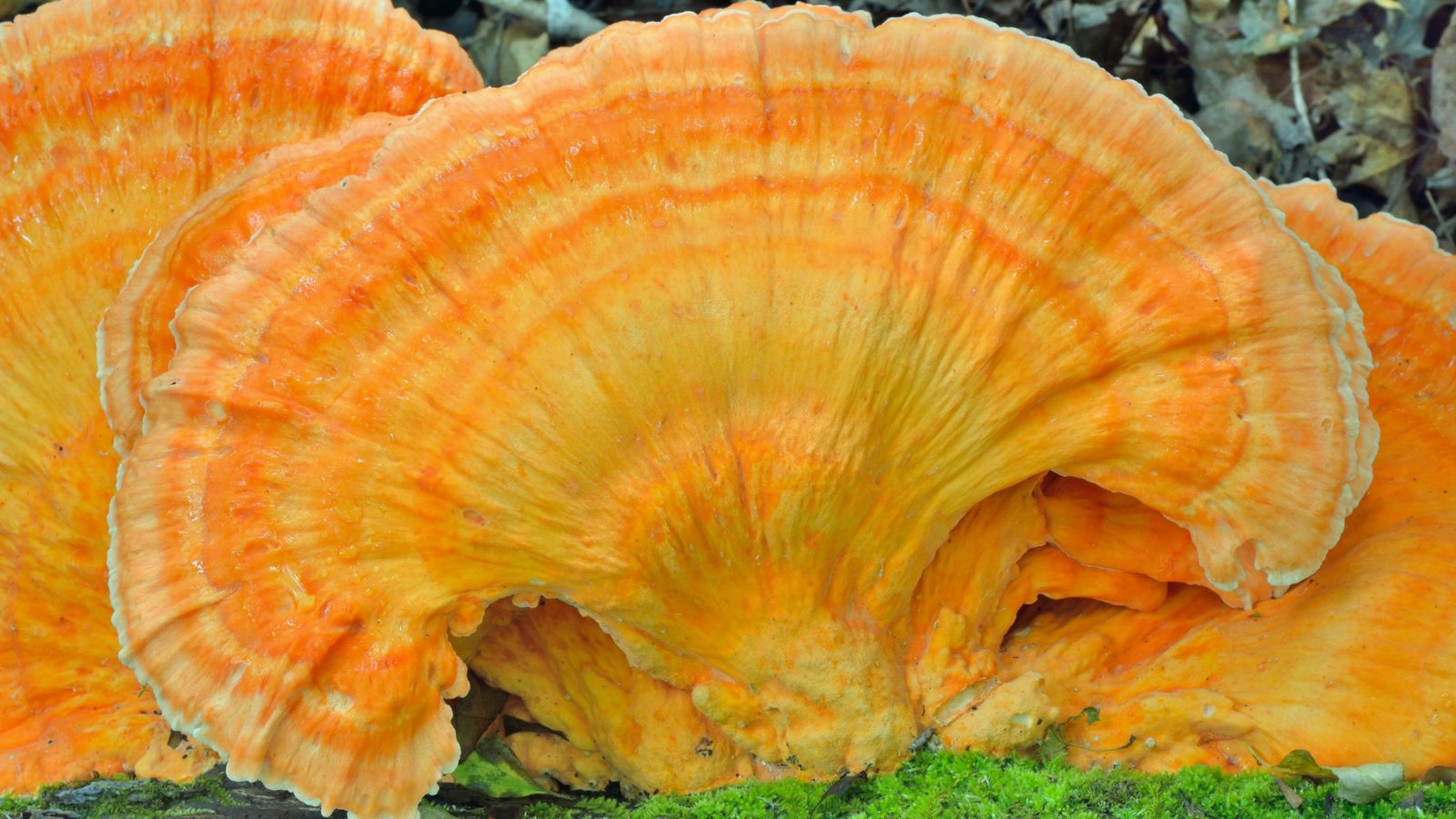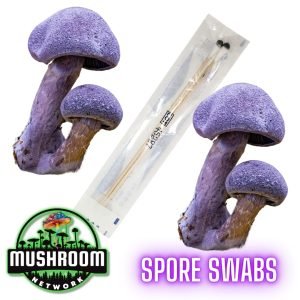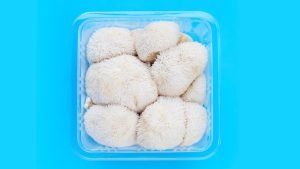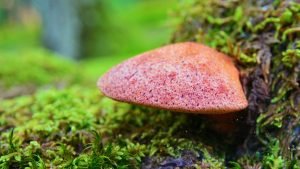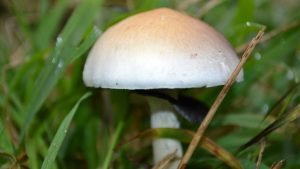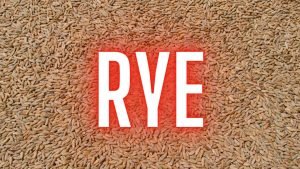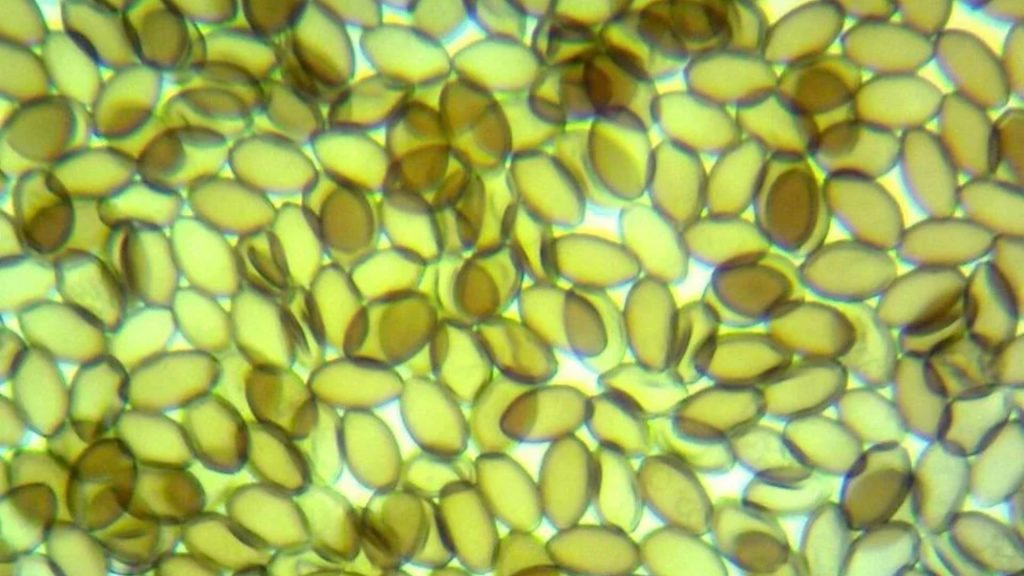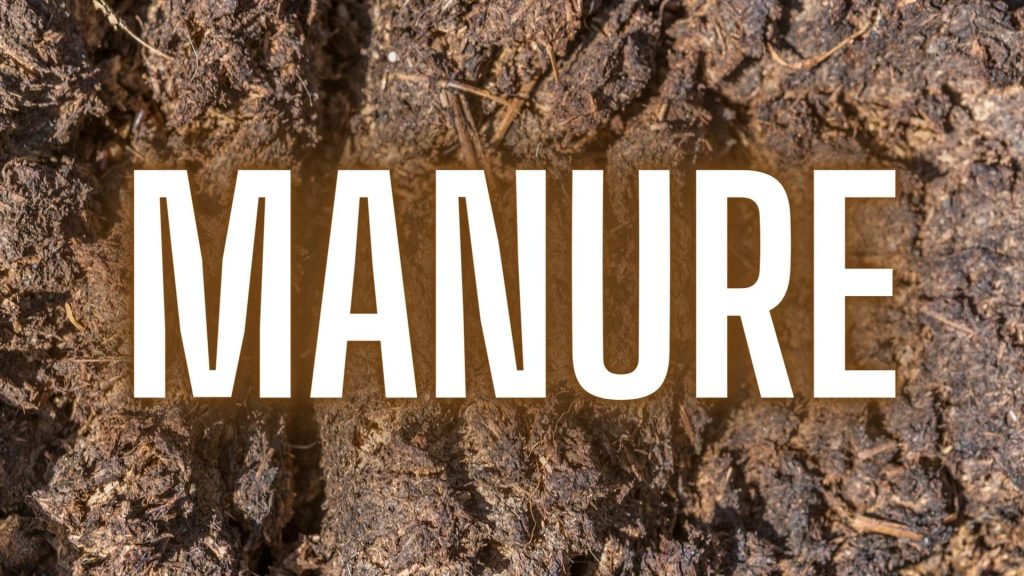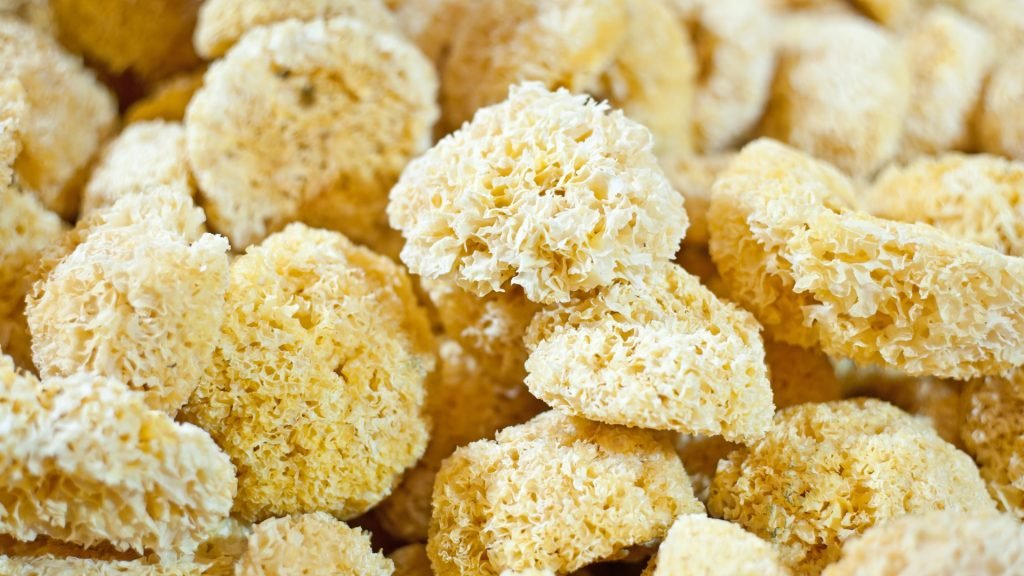Strolling through the forest, it’s impossible to miss the flamboyant Chicken of the Woods mushroom, aptly named for its chicken-like taste and texture. But have you ever wondered about the science behind this unique fungal treat?
Most mushroom enthusiasts or casual hikers have at some point come across the spectacular Chicken of the Woods. The radiant orange and yellow fan-shaped shelves make it stand out like a beacon amongst the more muted forest colors. More than its showy display, this mushroom has found its fame in culinary circles due to its uncanny resemblance in flavor and texture to chicken meat. But the story doesn’t end with just its poultry mimicry. The science behind this mushroom’s unique properties reveals an even more intriguing narrative about fungal cell structures, biochemical reactions, and evolutionary advantages.
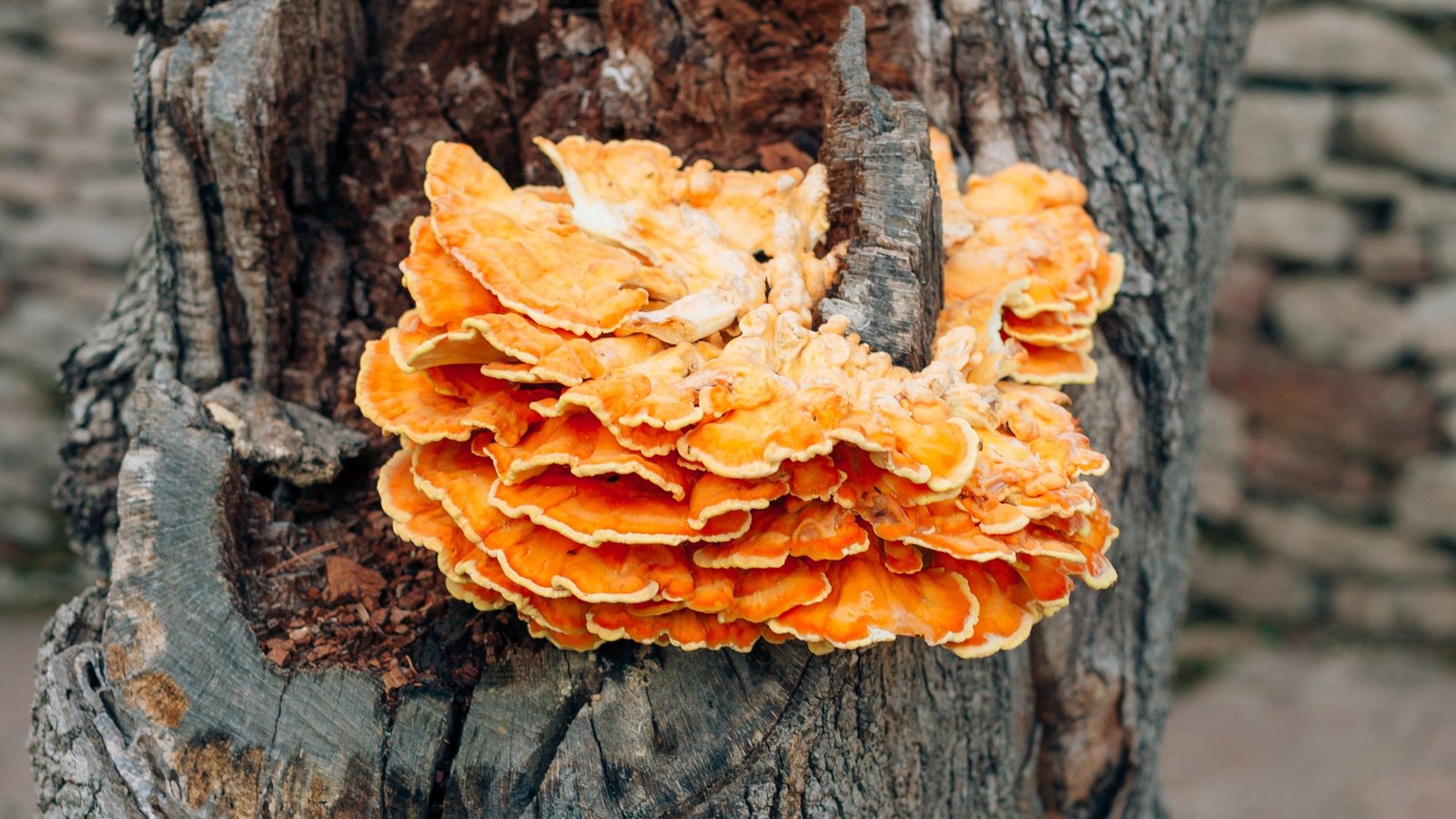
Fungal Anatomy and Texture:
- Cell Structure’s Role: Mushrooms like the Chicken of the Woods possess a unique cell structure. They have cells called hyphae that interlink to form a dense network known as mycelium. The tight, intricate arrangement in this mushroom contributes to its meaty texture.
- Polysaccharides and Fibers: Chitin, a type of polysaccharide found in fungi, provides rigidity and structure. Its abundance in Chicken of the Woods lends to the firm bite, akin to lean meat.
- Water Retention and Cooking: When cooked, the mushroom retains a lot of its moisture, giving it a juicy, succulent texture. The fibrous nature allows it to be shredded or cut into chunks, just like chicken.
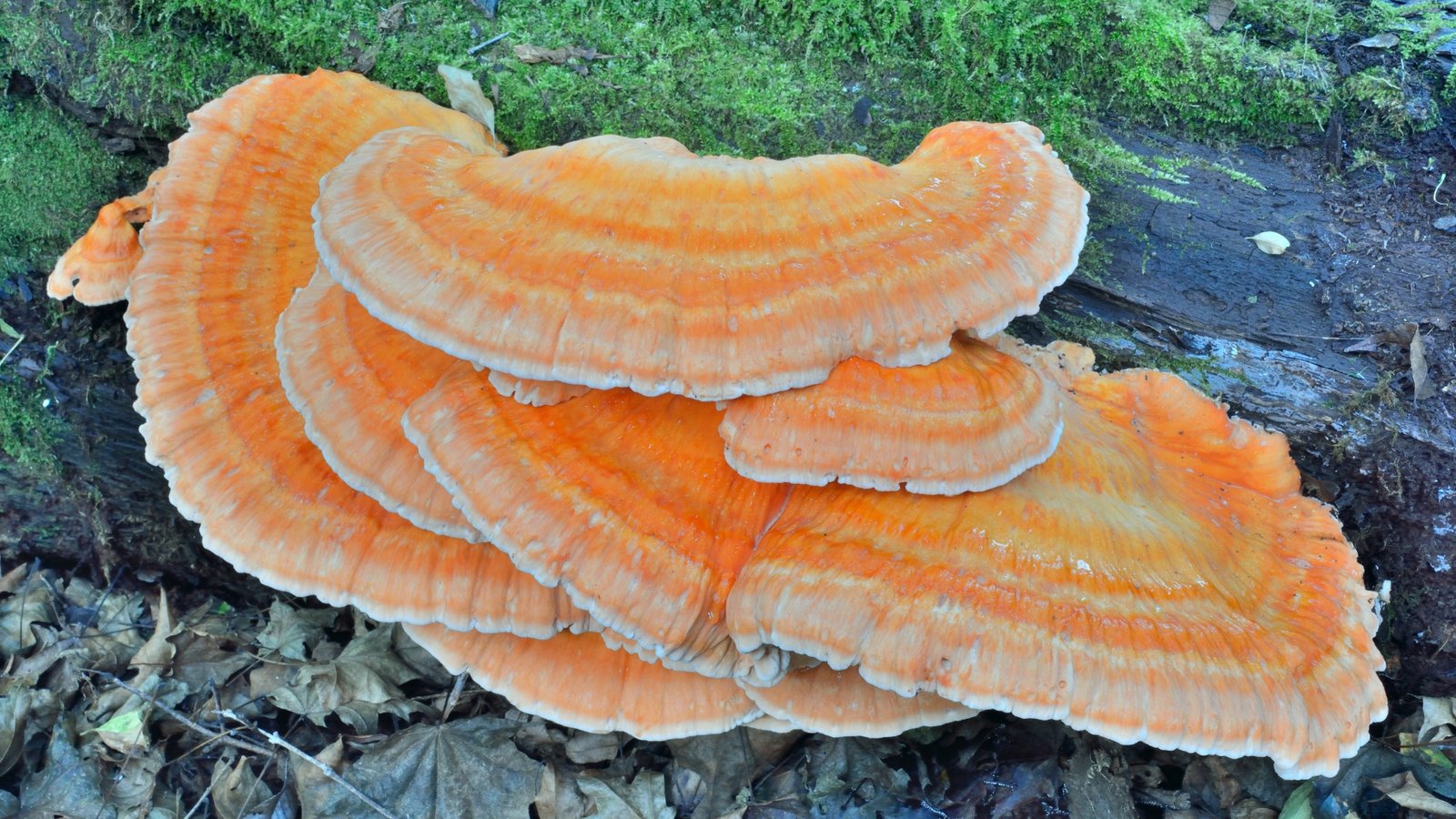
Biochemical Processes and Flavor:
- Natural Flavor Compounds: Mushrooms are known to contain various naturally occurring flavor compounds, such as nucleotides and glutamate. These impart the sought-after umami taste, which in Chicken of the Woods is surprisingly reminiscent of poultry.
- Maillard Reaction: When sautéed or grilled, this mushroom undergoes the Maillard reaction – the same reaction that browns meat and brings out its rich flavor. The sugars and amino acids present react to produce a taste that’s both savory and slightly sweet.
- Nutritional Symbiosis: It’s worth noting that its nutritional composition, rich in proteins and minerals, could also contribute to the characteristic flavor profile that makes it a culinary delight.
The universe of mushrooms is expansive, each variant bearing its own unique charm and characteristics. The Marketplace on the 🍄 Mushroom Network is a testament to this diversity. It is a haven for those seeking a deeper understanding of the magical world of mushrooms. If you’re keen on learning more about this type of mushroom and other mushroom variants, this Marketplace is your ultimate resource.
Evolutionary Benefits:
- Mimicry and Survival: Could the chicken-like texture and taste be a result of evolutionary mimicry? While the exact reasons are still under study, some theories suggest that its meaty attributes could deter certain predators, increasing its chances of survival.
- Distinctive Coloration: The vivid colors can serve multiple purposes. They can act as a warning sign to potential predators or help in attracting creatures that aid in spore dispersal.
- Reproduction and Spread: Its unique taste and texture might make it a preferred choice for foragers and animals alike. The more it’s consumed and transported, the better its spores spread, ensuring its proliferation.
Not sure where to start? The 🍄 Mushroom Academy offers a wide range of courses tailored to your needs. Whether you’re a beginner eager to learn or an experienced mycologist looking to broaden your knowledge, the 🍄 Academy has something for everyone.
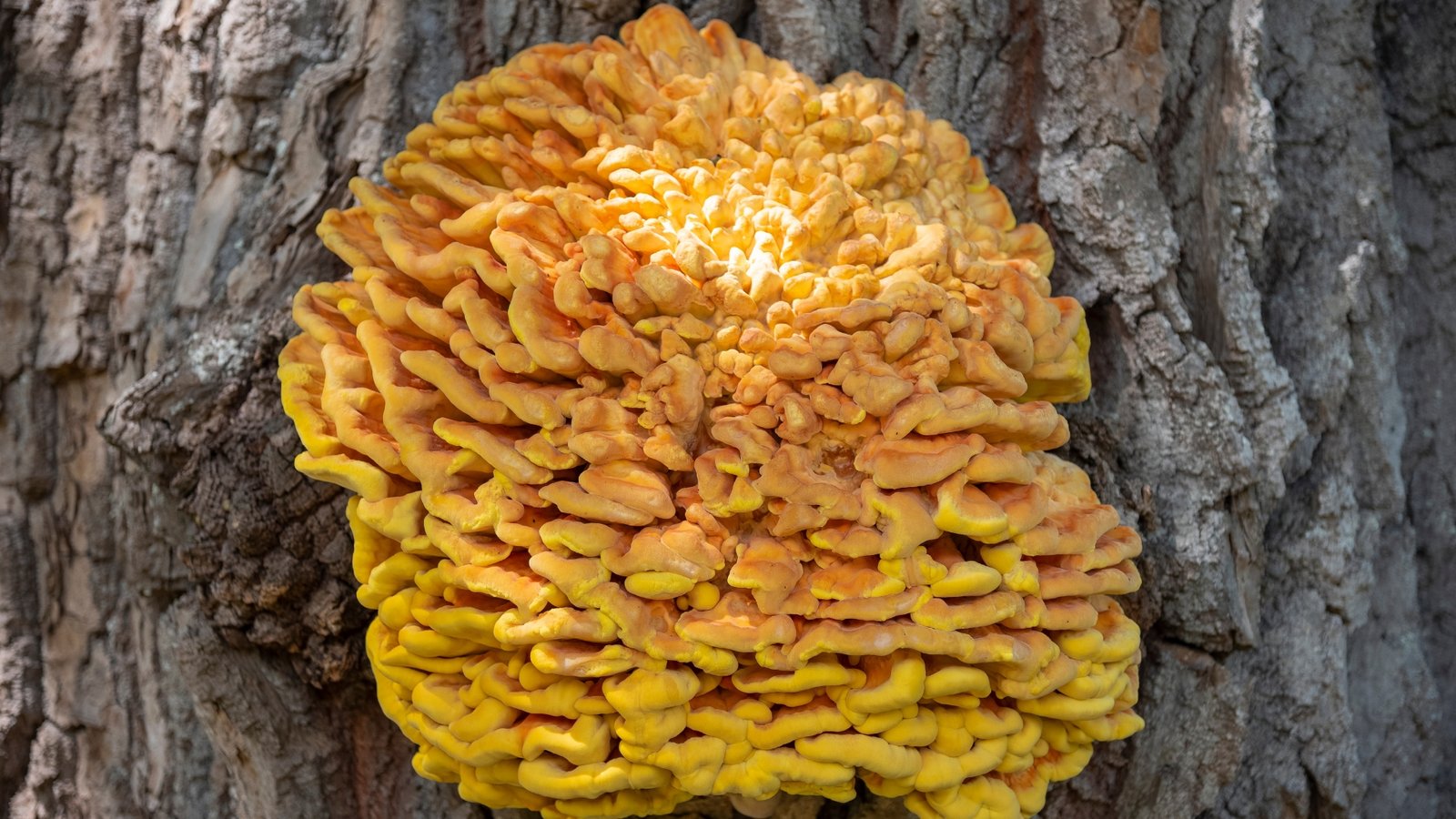
Fungal Finale:
As we wrap up our forest journey, it’s evident that the Chicken of the Woods is not just a feast for our taste buds but also a fascinating subject for scientific inquiry. Its uniqueness in the fungal kingdom, both in taste and appearance, makes it a testament to nature’s endless creativity and wonders.
Don’t forget to check out the 🍄 Mushroom Network’s Marketplace to see what’s available. But hurry, our shelves are constantly evolving, and you wouldn’t want to miss out on this wonderful mushroom. Join our growing network of Patrons, Genetics, and Mycologist Vendors only on the 🍄 Mushroom Network!
Recommended Reads:
Cooking with Lion’s Mane: Gourmet Recipes for the Home Chef
The allure of culinary explorations lies in the fusion of flavors, textures, and aromas. Lion’s...
Read More...Beefsteak Mushroom (Fistulina Hepatica)
Welcome, fungal enthusiasts and curious minds, to an exploration of Fistulina Hepatica, commonly known as...
Read More...Psilocybe Cubensis (PC-Strain)
Welcome to the fascinating world of Psilocybe Cubensis, a mushroom species celebrated by mycologists and...
Read More...Rye TEK for Mycology: A Comprehensive Guide
Discover the magic of Rye grains, an esteemed substrate within the world of mycology. Often...
Read More...Whoa there, Spore Sport! 🍄 Looks like you’re not logged in yet. Don’t you know what you’re missing? MYCO-CREDITS! Imagine all the fungal fun you could have. It’s like finding a Morel in May and not picking it. Tragic, right? Log In or Become a Myco-Patron and start racking up those credits. It’s more rewarding than finding a mushroom in your backyard! 🌟🏡
